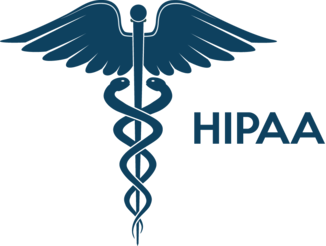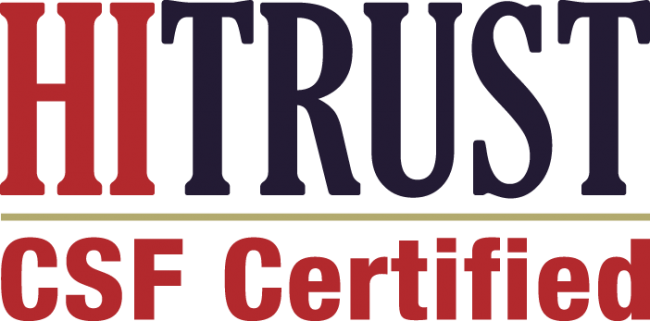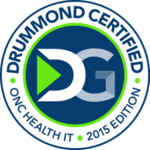The growing prevalence of chronic conditions among Medicare patients is a pressing concern for the U.S. healthcare system. Remote Patient Monitoring (RPM) has emerged as a transformative solution, enabling patients to manage their health effectively from the comfort of their homes. This blog explores the role of RPM in managing chronic conditions, its benefits for Medicare patients, and its potential to reduce healthcare costs while improving patient outcomes.
The Rising Burden of Chronic Conditions in Medicare
Chronic diseases account for a significant portion of healthcare needs among Medicare beneficiaries.
- 80% of older adults have at least one chronic condition, and 68% have two or more.
- Chronic diseases such as heart disease, diabetes, and hypertension are the leading causes of death and disability in the U.S.
- The Centers for Medicare & Medicaid Services (CMS) spend over $1.3 trillion annually on healthcare for beneficiaries, with 90% of this expenditure allocated to chronic disease management.
The growing Medicare population—expected to reach 80 million beneficiaries by 2030—amplifies the urgency to adopt efficient and scalable care solutions.
What is Remote Patient Monitoring (RPM)?
RPM leverages digital technology to monitor patients’ health metrics in real-time, such as:
- Blood pressure
- Glucose levels
- Oxygen saturation
- Heart rate
Data is transmitted to healthcare providers, enabling timely interventions and personalized care plans. CMS recognizes the value of RPM and reimburses providers for these services under specific CPT codes.
How RPM Helps Medicare Patients Thrive
1. Improved Health Outcomes
RPM empowers patients to actively participate in their care by providing them with actionable insights into their health. For example:
- Patients with hypertension using RPM devices reported a 30% improvement in blood pressure control rates.
- Diabetic patients using continuous glucose monitoring devices reduced hospitalizations by 26%.
2. Enhanced Access to Care
RPM bridges the gap for patients in rural or underserved areas where access to in-person care is limited. With RPM, patients receive continuous monitoring and timely interventions without frequent hospital visits.
3. Reduction in Healthcare Costs
A study published in the Journal of Medical Internet Research highlighted that RPM programs can reduce healthcare costs by $3,600 per patient annually by minimizing emergency room visits and hospital readmissions.
4. Better Chronic Disease Management
For Medicare patients with conditions like heart failure, COPD, or diabetes, RPM enables daily monitoring and adjustments to treatment plans, leading to:
- Fewer complications
- Reduced readmission rates (up to 38% lower)
- Increased patient satisfaction
5. Supports Aging in Place
For many Medicare beneficiaries, remaining in their homes is a priority. RPM supports aging in place by ensuring patients have the tools and resources needed to manage their conditions effectively without frequent disruptions.
CMS Reimbursement for RPM Services
Medicare has expanded coverage for RPM services, incentivizing providers to adopt these technologies. Key billing codes include:
| CPT Code | Description | Reimbursement (Approx.) |
| 99453 | Setup and patient education | $19 |
| 99454 | Monthly device supply and data transmission | $56 |
| 99457 | 20 minutes of RPM-related clinical staff time | $50 |
| 99458 | Additional 20 minutes of clinical staff time | $42 |
| 99091 | Collection and interpretation of patient data | $58 |
The average RPM program generates $120–$200 per patient per month, making it a sustainable revenue stream for providers while improving patient care.
Success Stories: RPM in Action
Case Study: Diabetes Management
A Medicare beneficiary in Arizona with uncontrolled diabetes enrolled in an RPM program using a continuous glucose monitoring device. Within six months:
- HbA1c levels dropped from 8.9% to 7.2%.
- Emergency room visits decreased by 50%.
- The patient reported improved confidence in managing their condition.
Case Study: Heart Failure
An RPM program for Medicare patients with heart failure in New York reduced hospital readmissions by 35% and saved the health system $1.2 million annually.
Overcoming Barriers to RPM Adoption
Challenges
- Technology Access: Not all patients have internet connectivity or are tech-savvy.
- Initial Costs: Providers may hesitate to invest in RPM devices and training.
- Regulatory Compliance: Ensuring data privacy and security under HIPAA is crucial.
Solutions
- Patient Education: Train patients and caregivers on device usage and troubleshooting.
- Affordable Devices: Partner with RPM vendors offering cost-effective solutions.
- Integrated Platforms: Use platforms like HealthViewX that ensure compliance while streamlining RPM workflows.
The Future of RPM for Medicare Patients
The integration of RPM into chronic care management is a pivotal step towards a sustainable healthcare model. Projections indicate:
- The RPM market in the U.S. is expected to grow from $4.4 billion in 2023 to $12.1 billion by 2028.
- By 2026, 30% of Medicare beneficiaries could be enrolled in RPM programs.
Empowering Medicare Patients with RPM
RPM is not just a tool; it’s a lifeline for Medicare patients managing chronic conditions. By reducing hospitalizations, lowering costs, and improving quality of life, RPM aligns with Medicare’s value-based care goals.
Healthcare providers, especially those serving Medicare beneficiaries, must seize the opportunity to implement RPM programs that benefit patients and practices. Platforms like HealthViewX make integrating RPM into existing workflows easy, ensuring compliance and maximizing reimbursements.
Are you ready to transform chronic care management with RPM? Contact us today to learn how!






